Kids’ toys can quickly create chaos in your home. Finding the right storage solutions for organizing kids’ toys is essential to managing this clutter effectively.
Finding the right storage solutions can make a big difference. Organizing kids’ toys is essential for a tidy home and a happy family. Toys scattered everywhere can lead to stress and frustration. Smart storage solutions for organizing kids’ toys not only keep toys in order but also teach children about organization.
In this blog post, we’ll dive into the best storage solutions for organizing kids’ toys with smart, creative ideas to keep your space tidy and fun. From shelves and bins to DIY projects, you’ll discover ideas that suit different spaces and needs.
Dive in to learn how to transform your home from a toy-filled mess to a neat and organized haven.

Credit: www.youtube.com
Importance Of Organized Play Areas
Organizing kids’ toys is more than just an aesthetic choice; it plays a pivotal role in creating a harmonious environment for both children and parents. An organized play area not only makes it easier to find toys but also encourages positive behaviors and habits.
Let’s explore why keeping play areas tidy is so important.
Benefits Of Tidiness
An organized play area offers numerous benefits, making it a worthwhile investment of time and effort. Firstly, it reduces the amount of time spent searching for toys, allowing more time for play. Secondly, it creates a safer environment, reducing the risk of tripping over scattered toys.
Here are some key benefits:
- Time-saving: When toys have designated spots, children and parents can quickly find what they need.
- Safety: Fewer toys on the floor means fewer accidents.
- Stress reduction: A clutter-free space can lead to a calmer, more relaxed atmosphere.
Impact On Child Development
Did you know that an organized play area can positively impact your child’s development? It’s true! A tidy space fosters a sense of responsibility and independence in children. They learn to take care of their belongings and understand the importance of order.
Here’s how:
- Cognitive Skills: Sorting and categorizing toys can enhance a child’s cognitive abilities.
- Responsibility: Encouraging kids to put toys away teaches them responsibility and discipline.
- Focus: A clutter-free environment helps children concentrate better on their activities.
Take my nephew, for instance. When his play area was a mess, he would often get frustrated trying to find his favorite action figures. But once we started organizing his toys into bins and shelves, he became more focused and enjoyed his playtime much more. Plus, cleanup became a fun activity rather than a dreaded chore.
So, next time you step on a Lego (ouch!), remember that a little organization can go a long way in creating a happier, healthier play environment for your kids. And who knows, you might even find yourself enjoying the tidiness too!
Choosing The Right Storage
Choosing the right storage for kids’ toys can be a challenging task. With so many options available, it’s easy to feel overwhelmed. But by considering a few key factors, you can find the perfect solution. This will help keep your child’s play area tidy and organized.
Types Of Storage Solutions for organizing kids’ toys
There are many types of storage solutions for organizing kids’ toys. Each serves a different purpose. Bins and baskets are great for small toys. Shelves work well for books and larger items. Toy chests offer ample space for a variety of toys. Storage cubes can fit into shelves or stand alone. They are versatile and come in various sizes.
Wall-mounted storage is another option. It keeps the floor clear and saves space. Storage ottomans provide a dual purpose. They offer seating and hidden storage. You can also consider under-bed storage. This is perfect for tight spaces.
Factors To Consider
When choosing storage, think about accessibility. Kids should reach their toys easily. Safety is also crucial. Avoid storage with sharp edges. Make sure heavy items are secure. Size matters too.
Ensure the storage fits your space. Consider the durability of the materials. Kids can be rough on their toys. The storage should withstand daily use.
Aesthetics play a role as well. Choose colors and styles that match the room. Functionality is key.
Select storage that suits your child’s needs. Adjustable options are ideal. They can grow with your child. Finally, consider the budget. There are affordable options that offer good quality.
Space-saving Ideas
Organizing kids’ toys can be challenging. Limited space makes it even harder. Space-saving ideas are essential. They help keep the room tidy and spacious. These solutions are practical and easy to implement.
Vertical storage and under-bed storage are two great options. They maximize space without cluttering the room. Let’s explore these ideas further.
Vertical Storage Options
Vertical storage makes use of wall space. Shelves are a good start. They come in various sizes and styles. Install them on walls to store toys. Use baskets or bins on the shelves for smaller toys.
Wall-mounted racks are another option. They can hold books, stuffed animals, and more. Pegboards are also useful. Hang hooks and baskets on them. They provide flexible storage for different toys.
Under-bed Storage
Under-bed storage is perfect for saving space. It uses an often-overlooked area. Storage bins slide easily under the bed. They keep toys out of sight but within reach. Choose clear bins to see the contents easily.
Rolling drawers are also great. They are easy to access and organize. Store larger toys or board games in them. Under-bed storage is ideal for small rooms. It makes every inch count.
Creative Storage Hacks
Organizing kids’ toys can be a challenge for any parent. But with a few creative storage hacks, you can transform chaos into order. These hacks not only save space but also make it easy for kids to find and put away their toys.
Let’s explore some innovative ideas to keep your home tidy and clutter-free.
Diy Storage Projects
DIY storage projects offer a fun way to organize toys. One idea is to create wall-mounted toy bins. Use colorful bins and mount them on the wall at a kid-friendly height. This keeps toys off the floor and within easy reach.
Another project is making a toy car garage. Use a wooden pallet and add shelves to store toy cars. Paint it in bright colors to make it attractive.
Create a stuffed animal zoo using bungee cords and a wooden frame. Kids can easily pull out their favorite toys and put them back.
Repurposing Household Items
Repurposing household items can help you find new storage solutions for organizing kids’ toys. Use a hanging shoe organizer to store small toys and art supplies. Hang it on the back of a door to save space.
Old bookshelves can be turned into toy storage units. Add bins or baskets to keep different types of toys organized.
Use muffin tins to store small items like LEGO pieces or craft beads. This keeps them sorted and easy to find.
An old dresser can become a great toy storage solution. Remove the drawers, paint it in fun colors, and add baskets or bins.
Labeling And Categorizing
Organizing kids’ toys can be a daunting task. Labeling and categorizing can make it easier. Clear labels help kids know where to put their toys.
Categories ensure every toy has a home. This section explores effective labeling techniques and age-appropriate categorization. These strategies will help maintain a tidy play area.
Labeling Techniques
Use simple words for labels. Younger children benefit from picture labels. For example, a picture of a car on a bin for toy cars. Older kids can read, so use text labels. Try color-coded labels for different types of toys.
Red for building blocks, blue for dolls, green for action figures. Make labels large and easy to read. Use durable materials that can withstand wear and tear.
Age-appropriate Categorization
For toddlers, keep categories broad. Use simple bins for blocks, stuffed animals, and puzzles. Preschoolers can handle more categories. Separate toys into bins for cars, dolls, and art supplies.
School-age children can sort into even more specific categories. For instance, divide art supplies into markers, crayons, and paints. Always keep frequently used toys within easy reach. Less-used toys can go on higher shelves. These methods ensure toys are easy to find and put away.

Safety Considerations
When organizing kids’ toys, it’s essential to consider safety. After all, our little ones are curious explorers, and their safety is our top priority. Whether you’re choosing storage bins or shelves, ensuring they are safe and kid-friendly is crucial.
Let’s dive into some key safety considerations to keep in mind.
Non-toxic Materials
First and foremost, when considering storage solutions for organizing kids’ toys, it’s essential to ensure the materials used are non-toxic.
Children are always touching, tasting, and playing with their toys and the containers they are stored in. Therefore, choosing storage solutions free from harmful chemicals is vital.
Here are some tips:
- Look for certifications: Check for labels like BPA-free or phthalate-free. These indicate the materials are safe for children.
- Natural materials: Opt for wood, cotton, or other natural materials. They are generally safer and eco-friendly.
Remember, just because something looks cute, doesn’t mean it’s safe. Always prioritize non-toxic materials to keep your kids healthy.
Child-friendly Designs
Next, consider the design of the storage solutions for organizing kids’ toys. They should be easy for kids to use and, most importantly, safe. Here’s what to look out for:
- Rounded edges: Sharp edges can be hazardous. Choose storage units with rounded corners to avoid bumps and bruises.
- Stable structures: Ensure that shelves and bins are stable and won’t easily tip over. You can secure shelves to the wall to prevent accidents.
- Accessible height: Storage units should be at a height that kids can easily reach. This not only encourages them to put toys away but also prevents them from climbing on furniture.
Personal anecdote: I remember my daughter trying to reach a toy on a high shelf. It was a close call, and since then, I’ve always ensured everything is within her reach.
In conclusion, keeping safety in mind when organizing kids’ toys can prevent accidents and create a safer play environment. By choosing non-toxic materials and child-friendly designs, you can ensure that your little ones play safely and happily.
Involving Kids In Organization
Organizing kids’ toys can be challenging. But involving kids in the process can make it easier and more fun. It teaches them valuable skills and makes them feel responsible. Plus, it can turn a tedious task into an enjoyable activity.
In this section, we’ll explore how to involve kids in organizing their toys.
Teaching Responsibility
Involving kids in organizing their toys teaches them responsibility. They learn to take care of their belongings. This practice helps them understand the value of their toys. It also instills a sense of pride in keeping their space tidy. Encourage them to put toys back in their place after playtime. This simple habit can go a long way in teaching them to be responsible.
Making It Fun
Make organizing toys a fun activity. Turn it into a game. Use a timer and see who can clean up the fastest. Sing cleanup songs to make the task enjoyable. Offer small rewards for a job well done. These little incentives can motivate kids to participate eagerly.
Using colorful bins and labels can also add excitement. Let them choose their storage options. This way, they feel more involved and excited about keeping things organized.

Credit: jennifermaune.com
Maintaining Order
Let’s face it, keeping kids’ toys organized can feel like a never-ending battle. But don’t worry, maintaining order is possible with a few simple strategies. This section will cover easy-to-implement daily tidying habits and periodic decluttering tips to keep your home looking tidy and your sanity intact.
Daily Tidying Habits
Creating daily habits can make a huge difference in maintaining order. Here are some practical tips:
- Set a Timer: Encourage your kids to tidy up before dinner or bedtime. Use a timer to make it a fun game. Who can clean up the fastest?
- Toy Rotation: Not all toys need to be out at once. Rotate them weekly to keep things fresh and manageable.
- Designated Zones: Assign specific areas for different types of toys. For example, cars go in one bin, dolls in another. Clear labels or pictures can help.
By making tidying a part of the daily routine, it becomes second nature for both you and your kids.
Periodic Decluttering
Even with daily tidying, toys can pile up quickly. Periodic decluttering is essential to keep things under control. Here’s how to do it effectively:
- Schedule Regular Decluttering Sessions: Set aside time every few months to go through toys. This could be during a seasonal change or a long weekend.
- Involve Your Kids: Make it a family activity. Ask them which toys they no longer play with. This teaches them the value of sharing and giving.
- Donate or Sell: Toys in good condition can be donated to charities or sold online. This not only clears space but also helps others in need.
By periodically decluttering, you prevent the toy pile-up and create more room for new, exciting toys that your kids will actually use and enjoy.
Maintaining order doesn’t have to be a chore. With these simple habits and periodic decluttering, you can create a tidy, organized space that everyone in the family can enjoy. After all, a little effort goes a long way in keeping chaos at bay!
Frequently Asked Questions
How Do You Store A Lot Of Toys For Kids?
Use clear bins, shelves, and labeled boxes. Rotate toys monthly. Utilize under-bed storage and wall-mounted organizers. Keep similar toys together.
What Is The Best Way To Organize Kids Toys?
Use labeled bins for easy sorting. Store toys in clear containers. Utilize shelves and drawer units. Rotate toys periodically.
How To Declutter Your Kids’ Toys?
Sort toys into categories. Keep favorites, donate unused ones, and discard broken items. Use storage bins and labels. Rotate toys monthly.
How To Organize A Living Room With Kids Toys?
Organize a living room with kids’ toys by using storage bins, shelves, and baskets. Label containers for easy access. Designate a play area. Rotate toys to reduce clutter.
Conclusion
Storage solutions for organizing kids’ toys can truly simplify your life. They create a peaceful home where everything has its place. The right storage solutions for organizing kids’ toys — like shelves, bins, and labels — also help children learn the value of tidiness. Remember to involve your kids in the process; it makes organization fun and educational!
A well-organized space promotes creativity and play. Start small and stay consistent. Soon, you’ll notice a more manageable home. Less clutter means less stress. Try these storage ideas today. Enjoy a cleaner, happier space for your family.

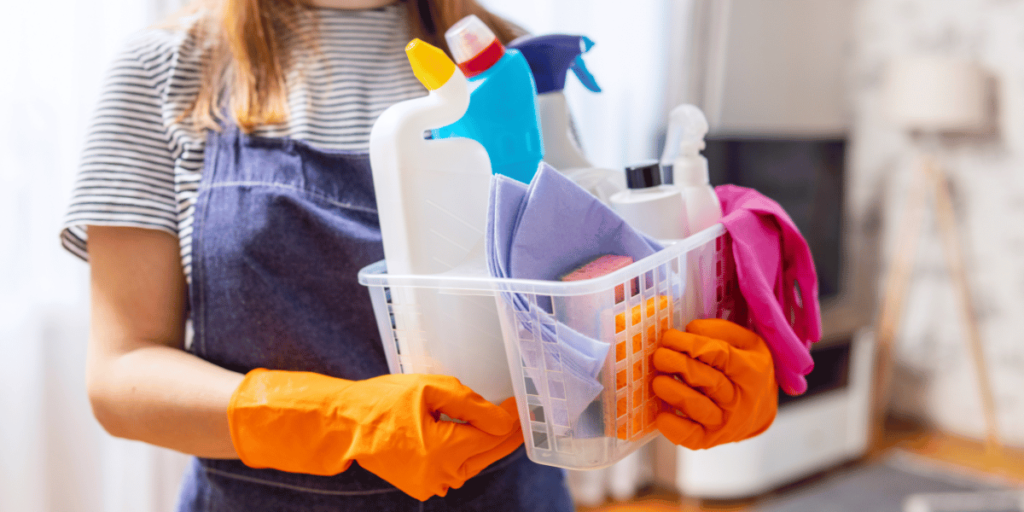
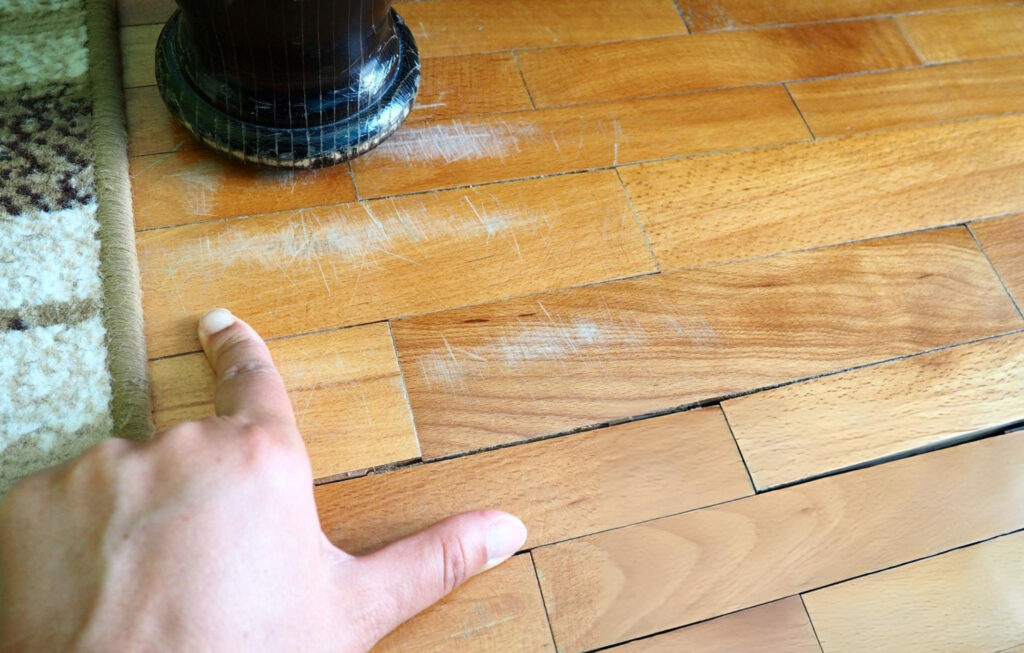

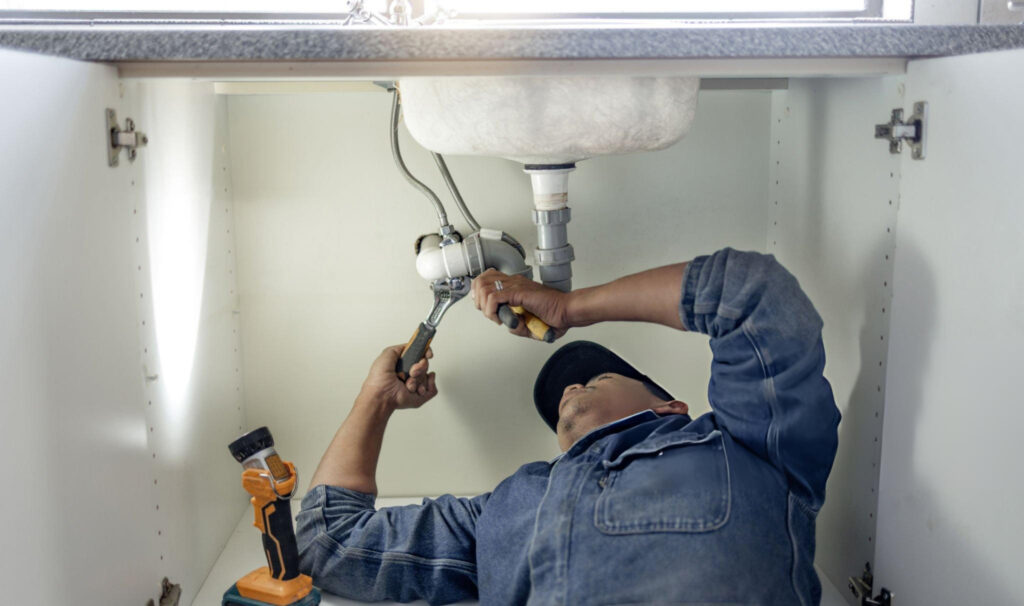
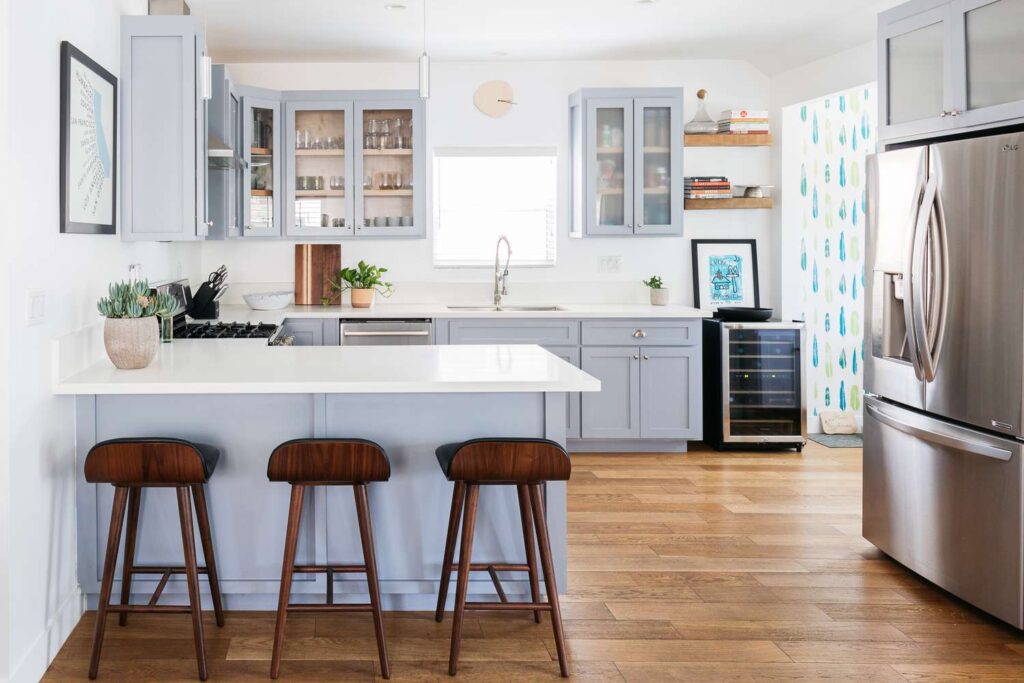


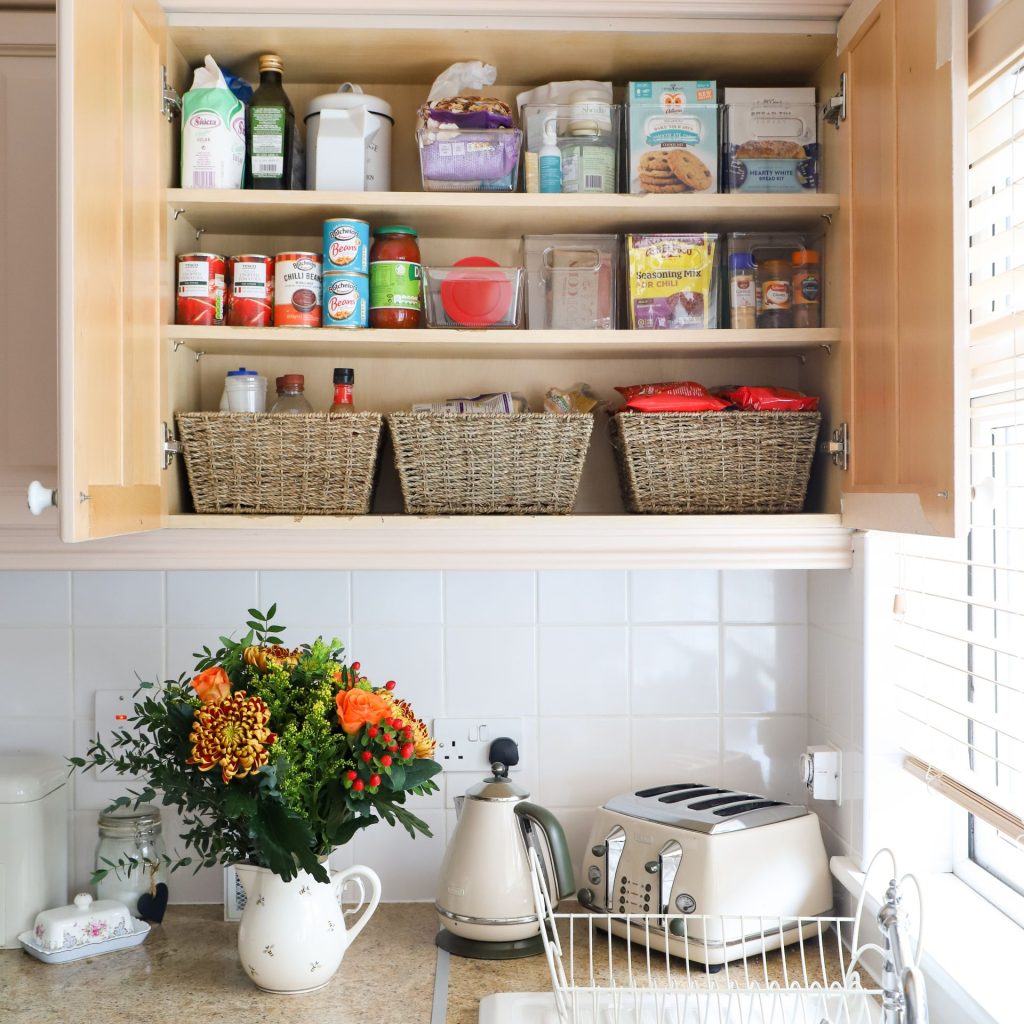
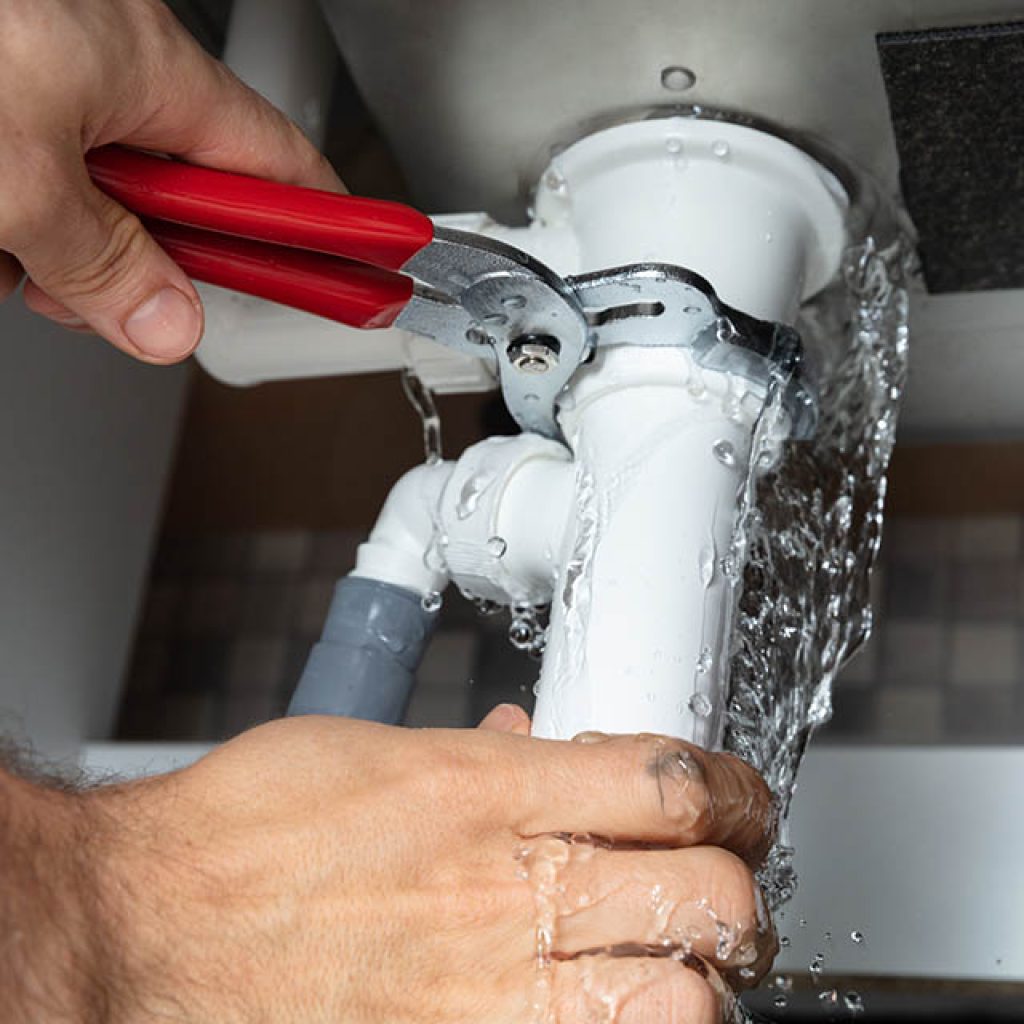

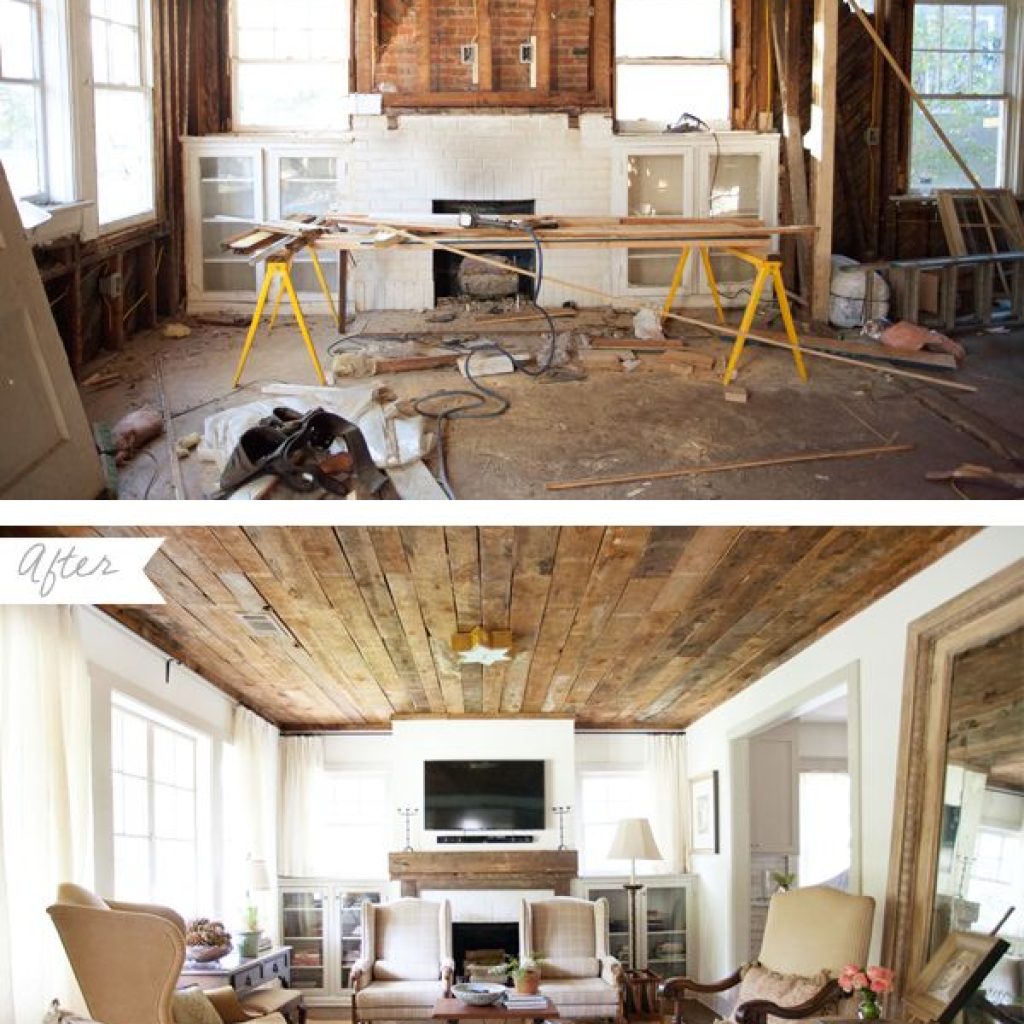
5 thoughts on “Storage Solutions for Organizing Kids’ Toys: Expert Tips for Tidy Spaces”
Pingback: Creative Ways to Organize Kitchen Cabinets: Maximize Space - Sweet Home Zone
Pingback: Modern Interior Design Ideas for Small Apartments: Transform Your Space - Sweet Home Zone
Pingback: Top Home Organization Tips for Minimalists: Streamline Your Space - Sweet Home Zone
Pingback: Home Remodeling Ideas for Small Spaces: Transform Your Tiny Home - Sweet Home Zone
Pingback: Effective Home Cleaning Routine for Busy Families: Simplify Your Life - Sweet Home Zone